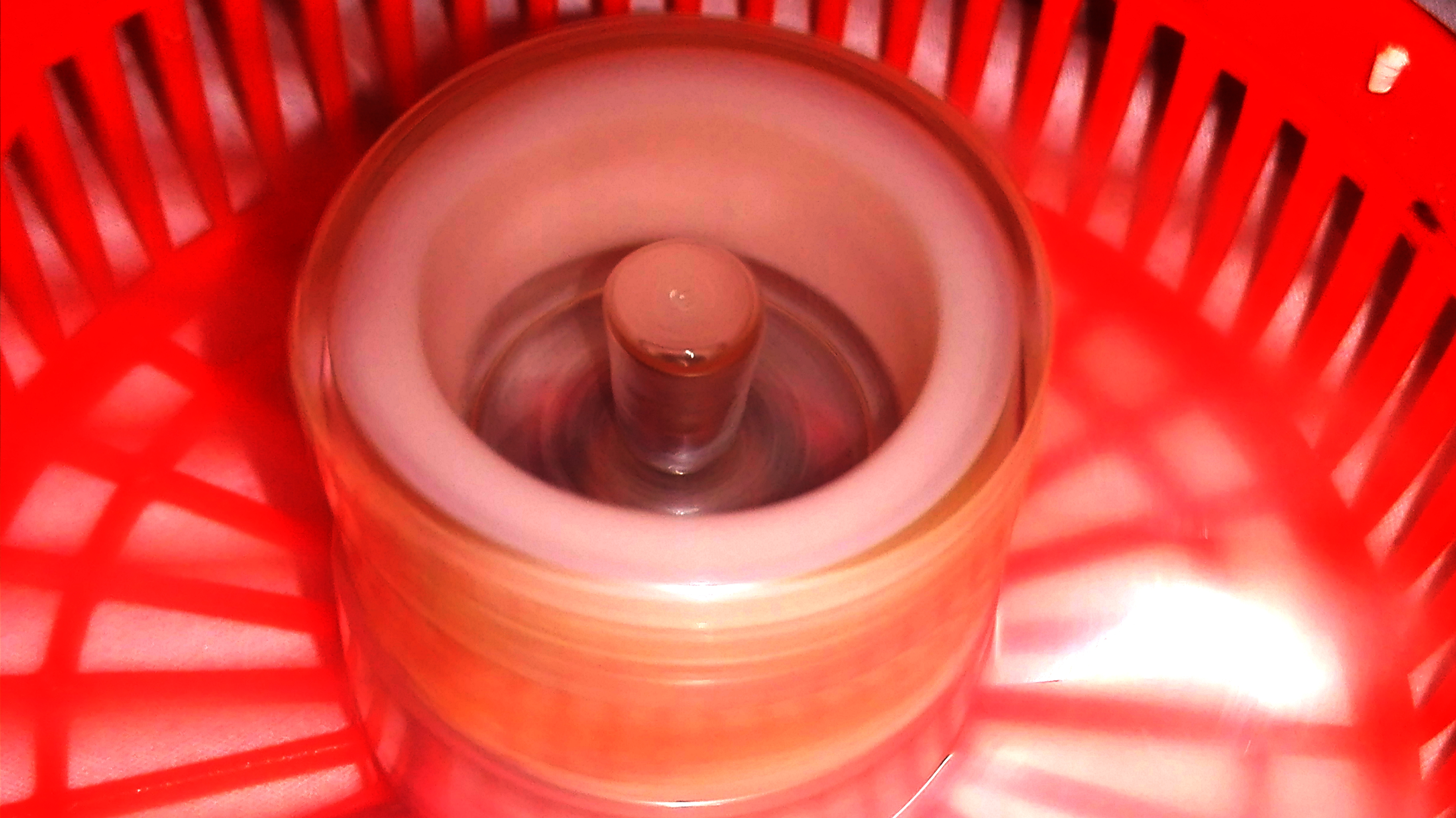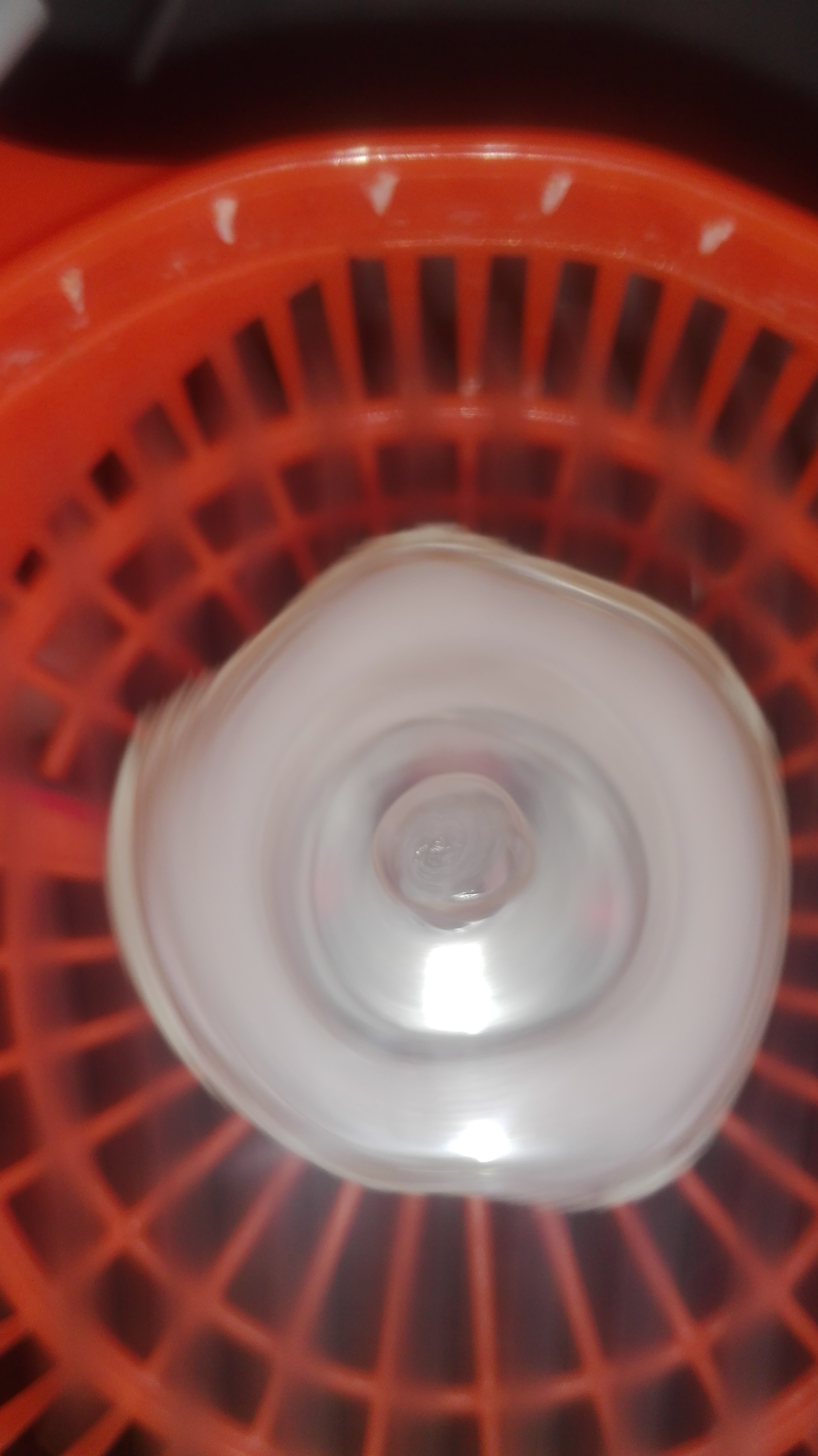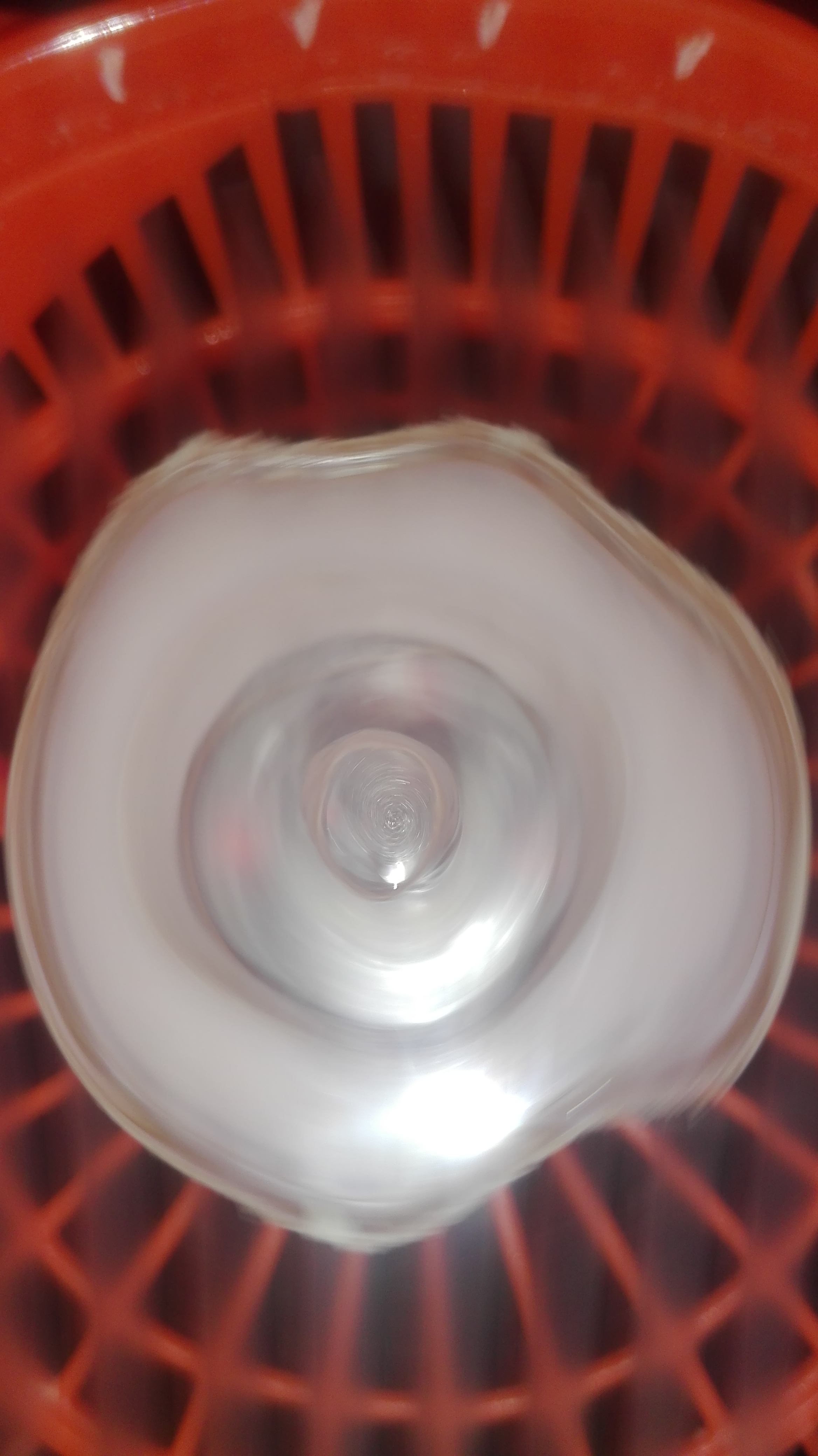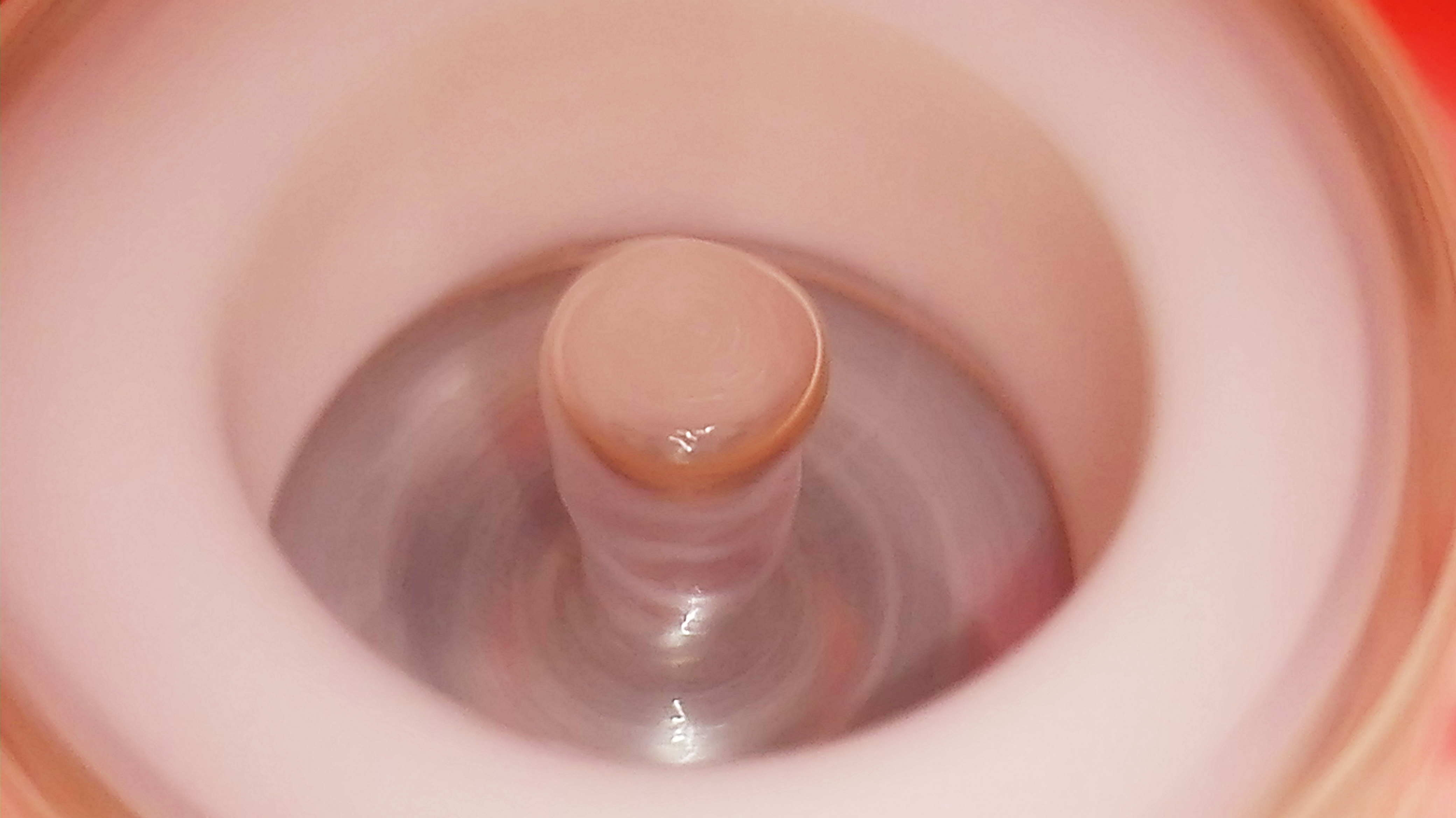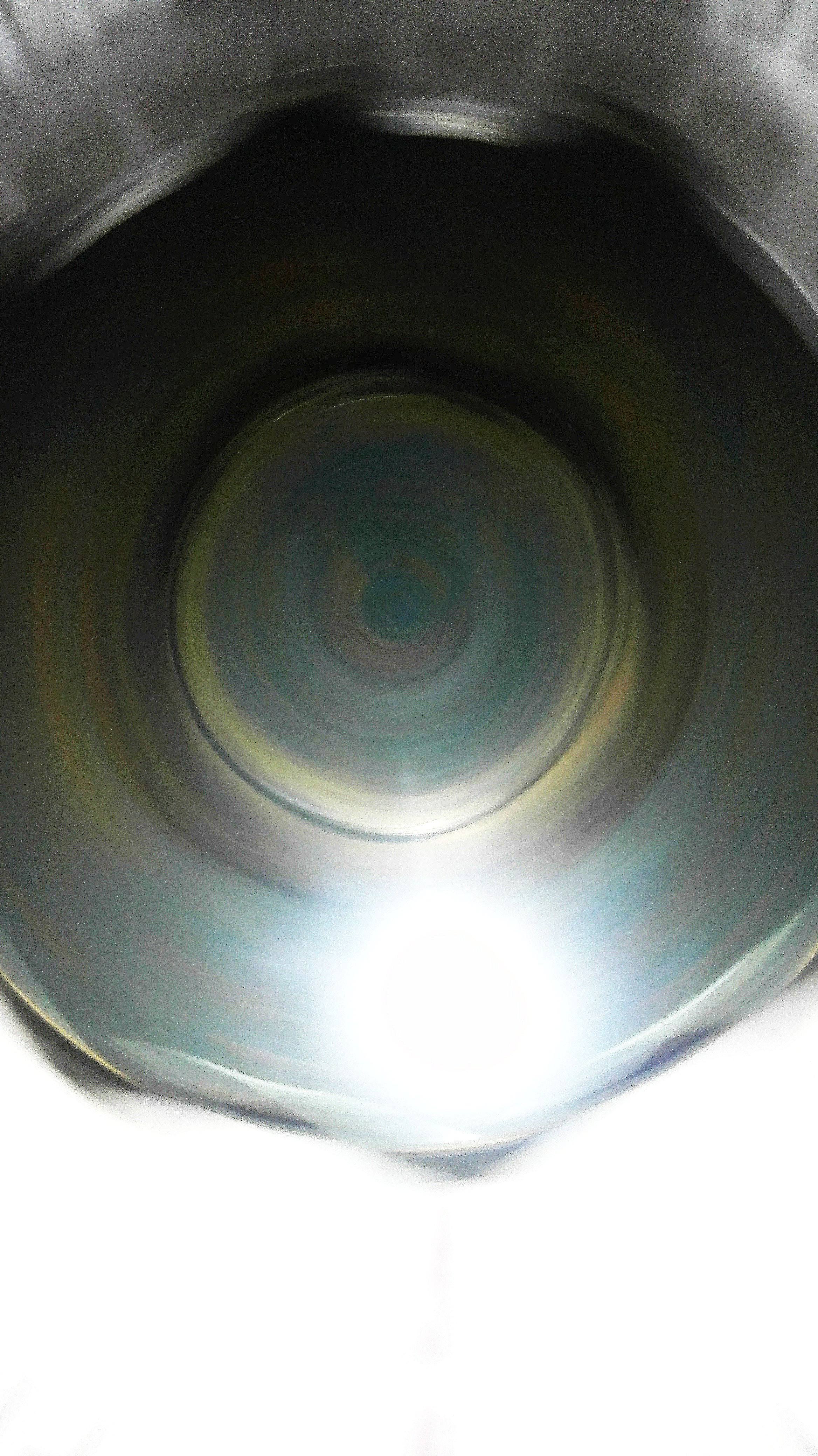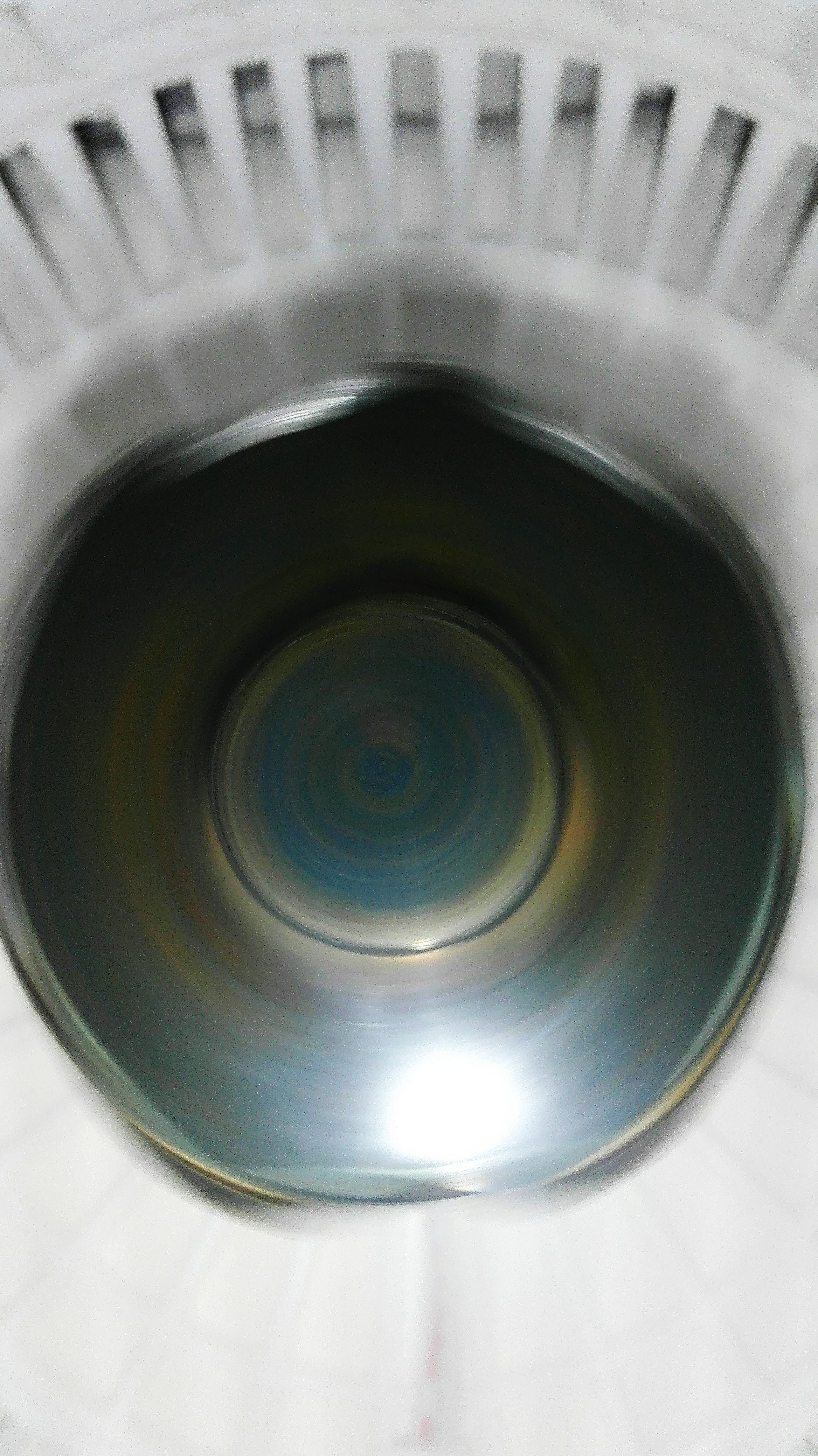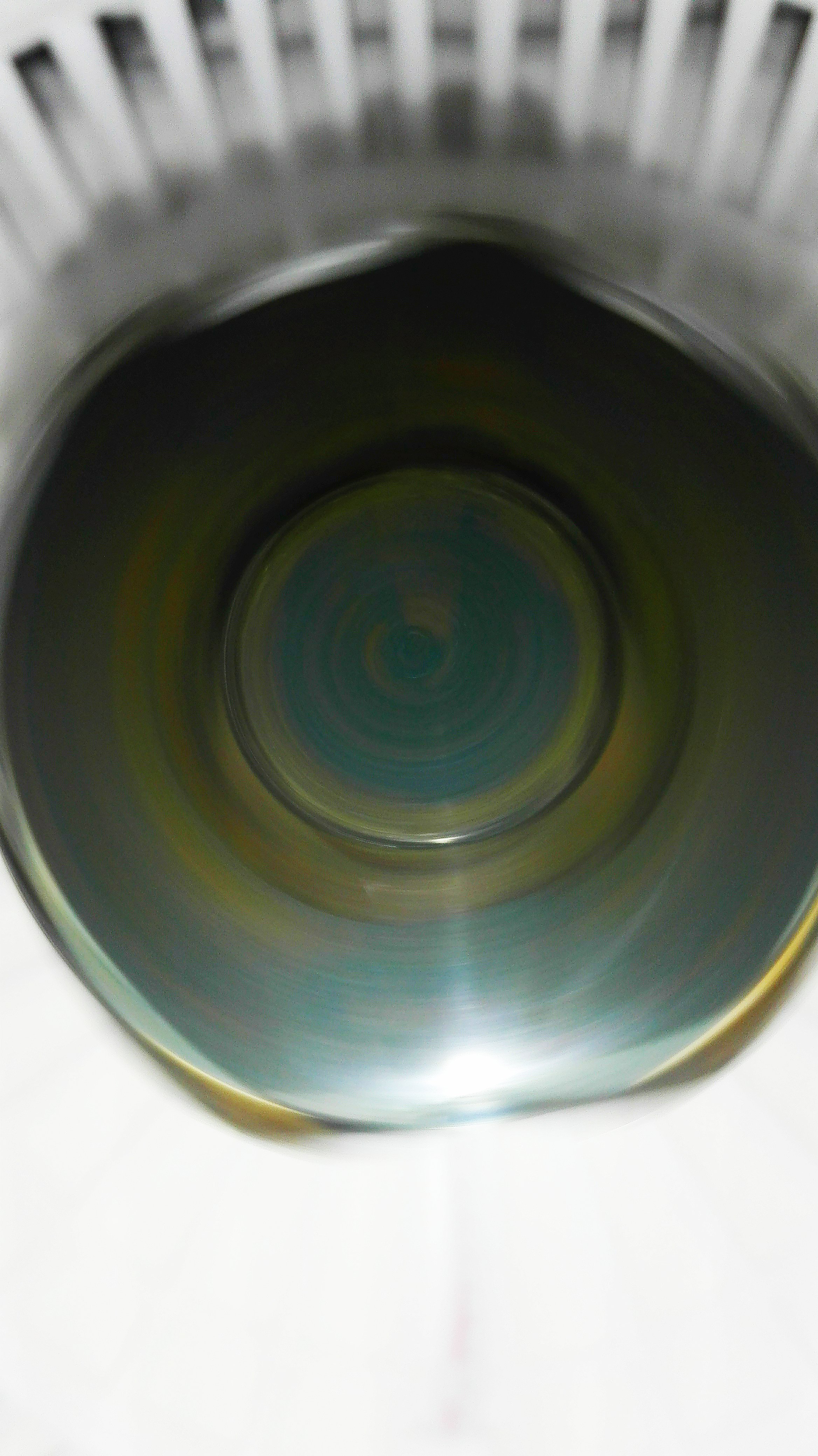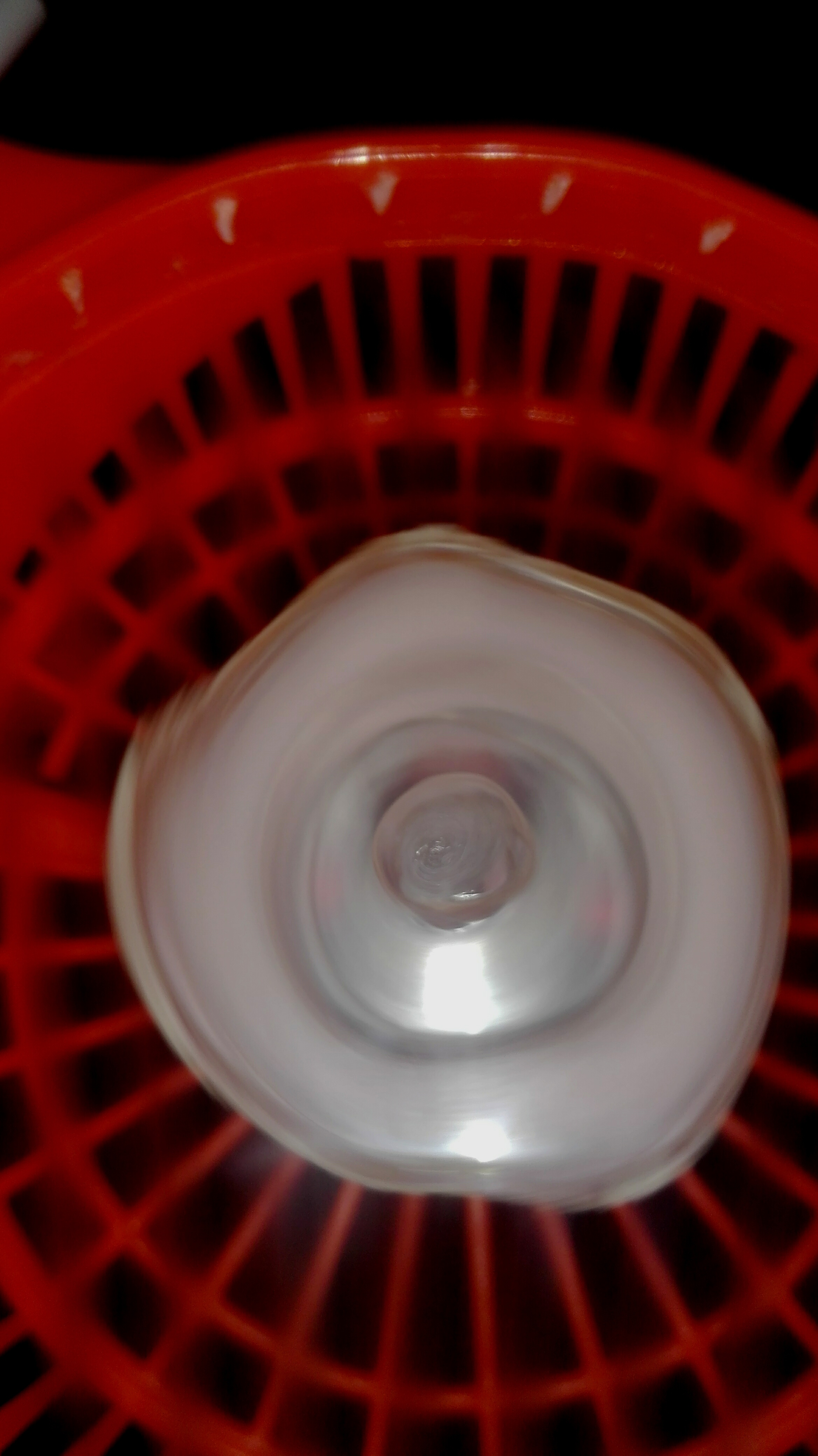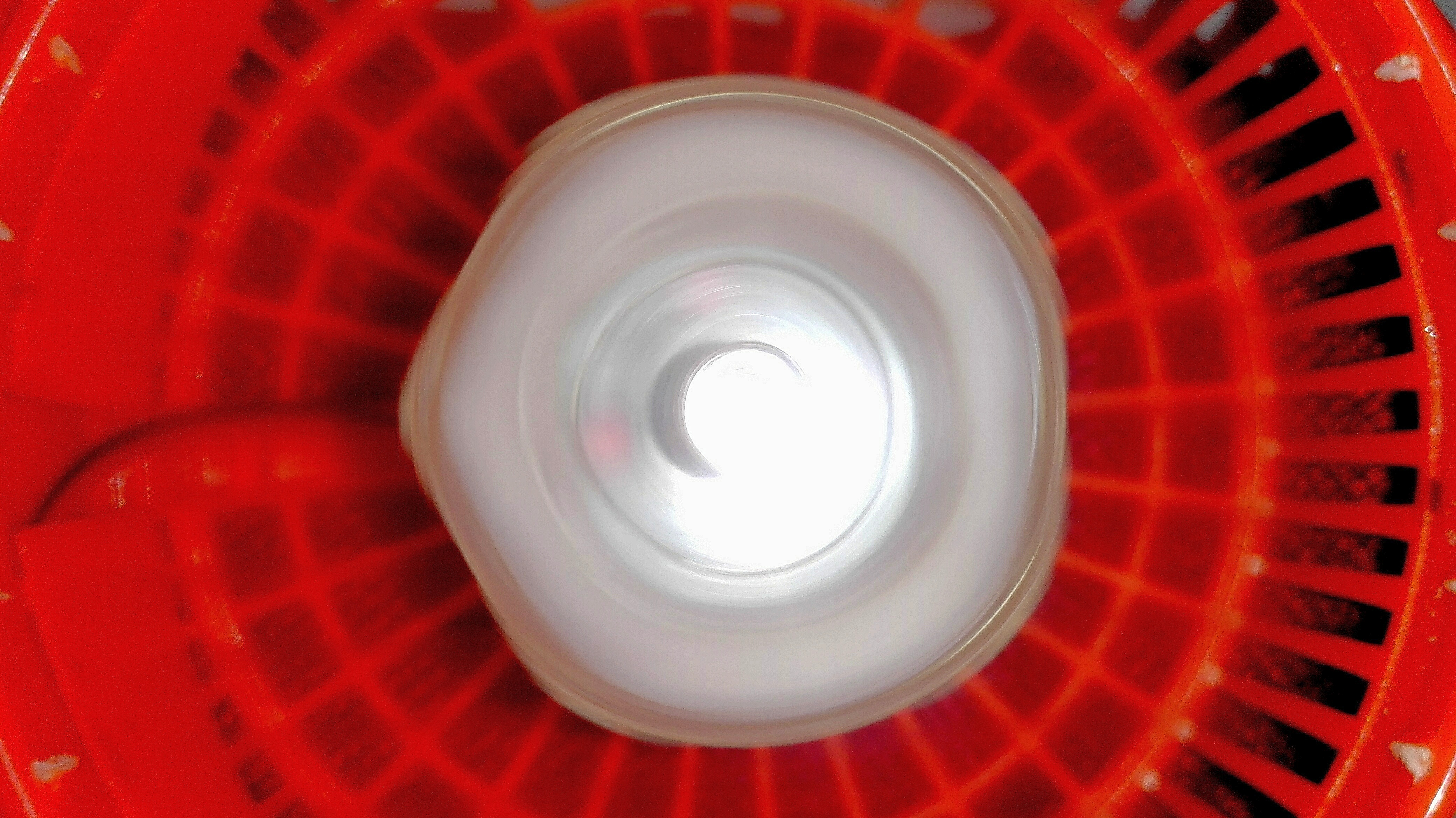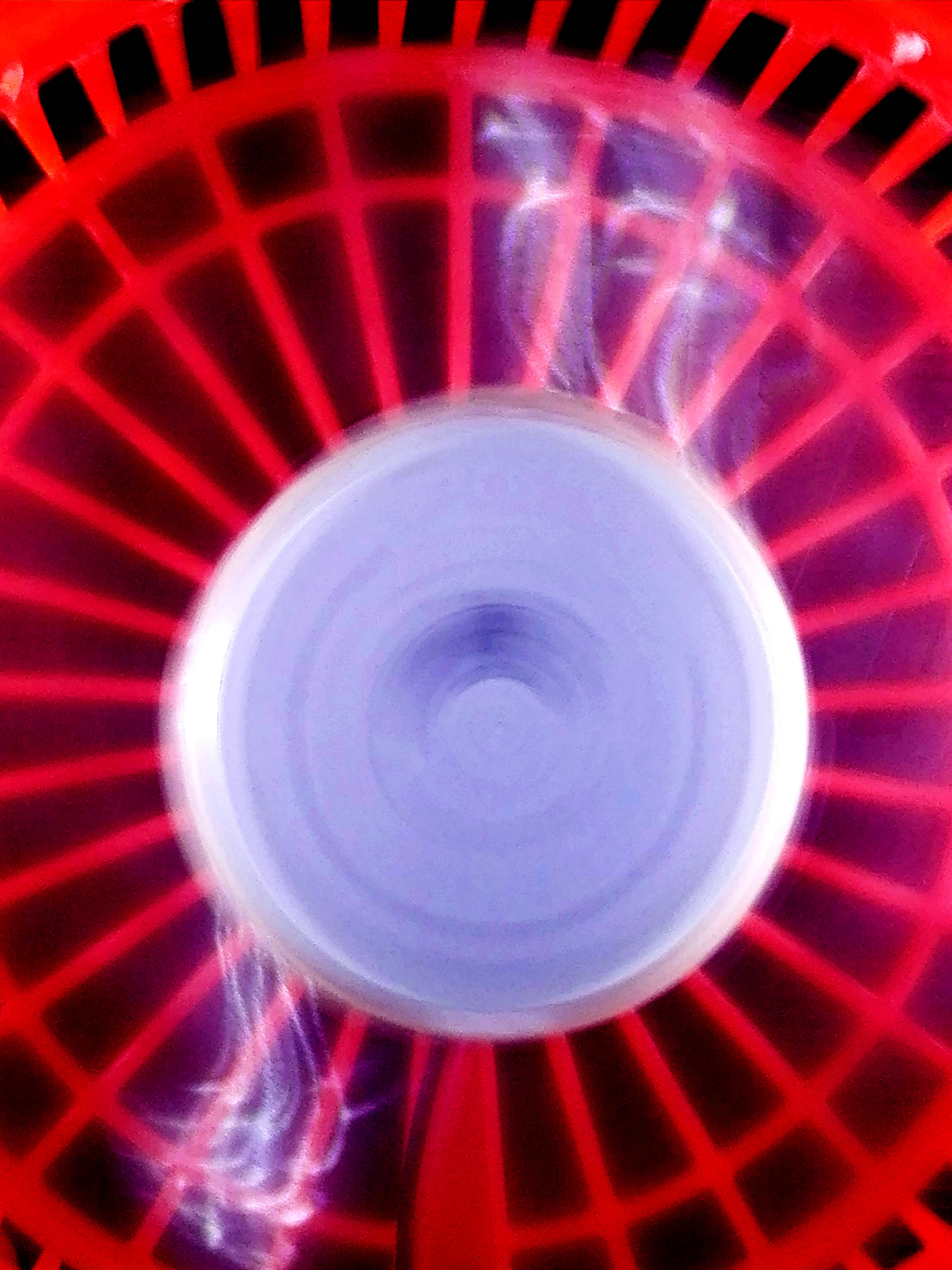Prana is that numinous
substance which is the form of the allpervasive energy in the Universe and
the pulsation of the Divine within each of us. It is the substance or
substratum, and something very concrete that animates and vitalizes you and
I so that we can grasp the thoughts written on this page. Was it not for the
movement of prana in the appropriate channels in the body, there would be no
ability of the mind to comprehend it. It is due to the movement of prana
alone that the mind arises. It is due to the movement of prana that what is
seen by the mind is seen as the appearance of the world. But it is also due
to the movement of the mind that the prana is kept in movement. Prana is the
essence of life and its manifestation. Few know about prana, and fewer care
to define or explain it but it was worthy of the Siva yogis constant
contemplation.
The Hatha Yoga Pradipika, the
classic text of Hatha Yoga, defines prana as the vital energy force
sustaining life and creation, permeating the whole of creation and existing
in both the macro-cosmos and micro-cosmos. Prana is found in the macrocosm
as the ocean of life with the sun as its center. The microcosm in the body
is an exact replica of the macrocosm. According to Indian philosophy of the
Upanishad, the entire universe was projected out of akasha (ether, or space,
one of the five elements or bhutas) through the energy of prana. Akasha is
the all-encompassing, infinite space of the universe. The Upanishad says,
“It is out of akasha that every form comes, and it is in akasha that every
form lives.” Prana is all pervading, it surrounds the sun; it moves the
planets; it is the infinite energy of the universe, cosmic energy. So, we
are made up of what the universe is made of, akasha and prana. Akasha is
unmanifest prana, prana is manifest akasha.
“Verily by air, as by a thread,
this world, the other world
and all beings are held together.”
- Brhadaranyaka Upanishad
The prana, which appears as
the shape of all living organisms of the planet, is nothing less than a
modification of the prana, which makes up the sun. Prana assumes two phases
of existence, the solar, positive lifematter and the lunar, negative life
matter. All the various modifications of these two forms of prana constitute
the total of our world appearance. All of the worlds appearances, visual,
auditory, olfactory, kinesthetic, gustatory, in all their varieties are
gathered into prana. The Yoga Vasistha says prana in company with the mind
takes the human pilgrimage.
The word prana is used in two
senses, general and specific. In a general sense, it is known as pranana,
varishtha or terrestrial prana. In the physical being, prana acquires
different names according to its various functions or motive powers, known
as vayus. The word vayu comes from root ‘va,” which means to move. Vayu also
means wind or air current. Vayus are the motive powers or functions of prana.
Any motion in any of the vayu centers directly affects a specific region of
the body. Prana has different names according to their functions in the
body.
There are five major prana
vayus that carry on major functioning in the body and five that are
classified as minor prana vayu, which are modifications of the major five.
These vayus or air currents exist both in the physical and subtle bodies,
functioning through the body, mind and senses. The major vayus are known as
prana, apana, samana, udana, and vyana. All the elements work in all prana
manifestations although one element will be prevalent in each vayu. Prana is
positive animating energy in life, the ability to move and to develop, and
the prevalent element in it is air. Apana is the capacity to withdraw and to
eliminate things from ourselves. The prevalent element is earth. Samana
controls the ability to balance, hold and contract. Its element is fire.
Vyana controls the capacity for self-expression. Its element is water. Udana
controls the ability to ascend, rise up and grow; its prevalent element is
ether. The five pranas are the five expressions of our energy. Due to these
five motive powers, there is balance and homeostasis in the system.
Balance and harmony between
these five energy currents result in good physical and mental health, while
disturbance of their harmony produces debilitation and disease. The mind is
also energy and if the prana becomes disturbed the mind is likewise
disturbed. When the pranas are balanced, the mind is also balanced. They
have an immediate influence on each other.
All physical action is prana
in a certain state. Without prana, there is no mental activity or physical
action and every action is the result of the different harmonies of currents.
Right-brain activities and certain emotional and physical activities,
associated with the parasympathetic nervous system are best performed when
the prana is in the negative, cooling relaxing, introverted current, the ida
nadi. Left-brain activities and specific physical activities associated with
the sympathetic nervous system are best performed during the positive,
heating, energizing, extroverted current flow in pingala nadi. When we act
out of synch with the most sympathetic current, our action will not be
performed well. If we continue to act in such disharmony regularly, we can
create great imbalance in the body and may find that the prana recedes from
certain parts of the body, causing disease and dysfunction.
If there is mental confusion,
the prana is agitated and its flow becomes haphazard in the nadis. Some
nadis become blocked while others become depleted. This gives rise to
disturbances in the system. Pranas not being in balance, not properly
blended causes many diseases, the eye, ear, lung, throat and digestion are
affected. If prana recedes from any part of the body for any reason, that
part of the body loses its power of action. In the extreme, pranic
deficiency causes deafness, blindness, or paralysis. A natural death of the
body is due to the imbalance of positive or negative prana, due to too much
of one prana or the other consistently over a long period of time.
The Tirumandiram states that
all ten prana vayus arise out of two of them: the first is prana, shining
like the sun, and it is the upward moving force that creates a field of
energy from the navel through the throat; apana, shining like the moon is
the downward moving force moving from the navel to the anus. These two
energies move in opposite directions and move spontaneously with every
breath. Prana shakti is associated with exhalation and apana shakti is
associated with inhalation. According to the Tantras, at the microscopic or
human level prana shakti represents one of the three great shakti energies,
kriya shakti (activity) and the pingala nadi. Apana shakti symbolizes the
jñana shakti (knowledge) and the ida nadi. It is Para shakti or iccha shakti
(Will), the ultimate source of all shakti, and the nature of Divine Will
Power that awakens in the sushumna nadi.
Vayus nine, in unison they
function
Dananjayan, the tenth, indeed is superior.
When blended with the nine in this
Inseparate are they body and the soul.
- Tirumandiram, Verse 653
Prana vayu is the solar or
fire energy, which promotes the body’s internal welfare. It is the flame
that flows upward and out. It can specifically be placed in the upper part
of the body in the thoracic region, from the heart to the diaphragm, which
is responsible for the processes of respiration and absorption. It governs
speech and the vocal apparatus as well as the respiratory system and the
muscles associated with it. This air current gives us the capabilities to
absorb sensations, feelings, emotions, and controls manas, the common mind
and emotions. Prana, according to the Yoga Vashista, generates heat in the
heart space every moment and after producing this heat generates heat in the
space in front of the face. The prana vayu arises and vibrates in the heart
and terminates at a distance of twelve-fingers breaths outside the body. The
other vayus, even apana derive their energy from this Prana.
Apana vayu is the lunar cool
energy, which protects the body from the outside. Associated with gravity,
it is liken to cool water that flows downward. However it can be
specifically located operating in the lower abdominal region, below the
navel and is responsible for elimination through the reproductive and
excretory organs, such as the kidneys, colon, rectum, bladder and genitals.
This air current is downward moving air and nourishes the space from twelve
inches in front of the face and brings that into the heart.
Samana Vayu is located in the
middle region of the body; it facilitates the assimilation of prana and food
and has balancing and equalizing effect on prana and apana. It aids in
digestion and balance on all levels, physical, mental and emotional. On the
physical level, it dwells in the navel, but within the subtle body in the
manipura chakra. It is vital energy of the navel where our energy is
centered. It increases the digestive fire. A good asana practice should
leave you balanced in the samana vayu. The navel is often said to be the
main pranic center in which all the pranas are linked together like the
spokes in the center of a wheel. The key to health and well-being is to keep
the pranas in balanced and in harmony here.
Vyana vayu pervades the whole
body and is the power of movement. Vyana governs the relaxation and
contraction of all muscles, voluntary and involuntary, as well as the
movement of the joints and structures around them in the physical body.
Udana vayu rules the region
of the body above the larynx and governs the use of our special inner sense
of intuition and is associated with the upward movement of the kundalini or
ascending air in the subtle body. Buddhi, or reason, is controlled by this
vayu. Udana can be found functioning in the sushumna. It is udana which
dissolves prana and apana, stopping their outer and inner flow, in order to
bring them together in the middle current, the sushumna, resulting in either
samadhi or death.
In addition to these five,
pancha prana there are five supporting, upapranas, which manifest as
physiological functions of nerves and automatic responses such as belching (naga);
blinking and allows for vision (kurma); sneezing & coughing (krkala);
yawning (devadatta); and sleeping, producing phlegm and decomposition after
death (dhananjaya). Dhananjaya permeates the whole body, never leaving it.
Tirumular discusses the importance of keeping dhananjaya in balance
throughout the body to keep it functioning properly. He suggests that the
way to protect and nourish this vital energy is through Yoga practices.
Yoga keeps pranas in
balance
The balance of prana in the
body is absolutely necessary to your health and well-being. By understanding
prana and becoming aware of how it affects your health, your practice of
Yoga could become much more effective. You can help to balance and influence
your health by regulating all five pranas through pranayama, Hatha Yoga and
relaxation. Kriya Kundalini Pranayama will help you gain mastery over the
prana, apana and udana. Vyana is controlled through deep relaxation,
shavasana, mediation and yoga nidra. Hatha Yoga including bandhas controls
the samana. Do your practices regularly and the ten pranas will be nourished,
even when pranic resources are low. Finally, it is great devotion in the
Lord or lineage of masters, which carries the required nutrients for the
ultimate flourishing and longevity of body, mind and spirit. Blend your mind
with the Mind of the Lord and blossom.
Contemplation of
Prana
In the Siva Yoga of Tirumular,
there is a system of Prana Yoga, which involves concentration on the pranas
in various aspects, bringing great delight on varying subtle levels.
Contemplate prana as the exhalation and apana as the inhalation jointly;
contemplate samana, which unifies various objects of experience and uniting
prana and apana in the navel region; contemplate vyana moving in all
directions from the heart, penetrating the whole of the body.
So, as long as Ignorance and
Vritti shall be active within Your mind, and calling You elsewhere,
meditate, untill your position shall be balanced, harmonic and resonant.
Without knowing where to go and what to do, stick to the 8 questions of the
philosopher's stone. These create all together the
dimension of the cube, generated by the understanding produced by giving and
answer to the basic questions that introduce to the work of the Alchemist.
Who, why, what, where, which,
whose, when, and how.
The philosopher's stone was
the central symbol of the mystical terminology of alchemy, symbolizing
perfection at its finest, enlightenment, and heavenly bliss. Considering
Latin, numerous synonyms were used to make oblique reference to the stone,
such as "white stone" (calculus albus, identified with the calculus candidus
of Revelation 2:17 which was taken as a symbol of the glory of heaven),
vitriol (as expressed in the backronym Visita Interiora Terrae Rectificando
Invenies Occultum Lapidem), also lapis noster, lapis occultus, in water at
the box, and numerous oblique, mystical or mythological references such as
Adam, Aer, Animal, Alkahest, Antidotus, Antimonium, Aqua benedicta, Aqua
volans per aeram, Arcanum, Atramentum, Autumnus, Basilicus, Brutorum cor,
Bufo, Capillus, Capistrum auri, Carbones, Cerberus, Chaos, Cinis cineris,
Crocus, Dominus philosophorum, Divine quintessence, Draco elixir, Filius
ignis, Fimus, Folium, Frater, Granum, Granum frumenti, Haematites, Hepar,
Herba, Herbalis, Lac, Melancholia, Ovum philosophorum, Panacea salutifera,
Pandora, Phoenix, Philosophic mercury, Pyrites, Radices arboris solares,
Regina, Rex regum, Sal metallorum, Salvator terrenus, Talcum, Thesaurus,
Ventus hermetis.
Mind the gaps. Oblique
reference,as usual, shall be there to help You and to stop You.
Go back to the teachings of
the Elder Ones and of the Ancient Ones.
About Restless Mind
Of the five vayus, prana vayu
is the fundamental energizing force. It is the inward moving vital energy
that governs respiration and reception, allowing us to take in everything
from air and food to impressions and ideas. Prana vayu is most active in the
region of the lungs and heart. It provides propulsive energy, speed,
motivation, and vitality. On a more subtle level, this vayu gives heightened
sensitivity both to the external senses and to inner awareness. It allows us
to see the world in all its brightness—full of possibilities—and to anchor
our inner focus in a resting place of contentment. If, however, prana vayu
is deranged, we suffer from cravings, fall prey to bad habits, and wrestle
with a restless and dissipated mind.
Take it easy. Sit down.
Relax. Meditate. Stop running. Control the flow of thoughts that do not
belong to You, that do belong to You, that belong to Maya, that are
projected and created to influence You, that You are practicing because of
the interference of Your present incarnation in which You place the mirror
of Your Identity. There, Your entity shall work for its Id, which is always
in a hurry, so, Never forget to work for Your soul and slow down. As rituals
are sacred, so rta ( rhythm ) is.
The Sanscrit word Vayu means
wind, space or air. Vayu is also the name of the Hindu God of the Wind.
However the manifestation of the vayus in the human body, their function,
and how they relate to our yoga practice are questions that do not resolve
into a simple or single answer. Beyond what is seen something subtle exists.
Becoming sensitive to the subtle is the heart of all yoga practice. The ten
vayus are vital to this endeavour. They bring a quiet alertness to the mind,
enhance the way we breathe, and create a vertical center. The beauty of this
practice lies in its simplicity and in the order and truth it brings to both
body and mind.
So, do concentrate Your work
on the subtle planes, where these teachings shall reach Your heart.
Practice the physical side of
them to enable your body to purify itself, and within harmony and
equilibrium, radiate.
Remind that where Yoga is, no
carpet or mandala, no gong or wooden floor, no white cloth or smile, no fee
or diploma, shall help You to reach perfection.
How do these winds move?
We too have the ability to
ride the winds of our prana vayus. Within the body, prana is divided into
different forms each with its own function and location. These different
energy currents are called vayus, inner winds, or energy movement.
According to Ayurvedic philosophy there are ten vayus that perform ten
functions, five major and five minor. The five major prana vayus are Udana
(circular movement of prana), Prana (upward movement of prana), Samana (horizontal
movement of prana), Apana (downward movement of prana) and Vyana (all
pervasive movement). Each of us has these internal currents of energy that
flow within us and when we feel out of control, tapping into the prana vayus
and shifting our inner winds, can bring us back to optimal health.
Samana Vayu
Samana vayu, or “balancing air,” is the prana vayu at the
meeting point between prana, the inward/upward-moving vayu, and apana,
the outward/downward-moving vayu. Samana vayu unites these two energies
together. Located at the navel, samana vayu governs agni, the digestive
fire, or fire of purification. This fire burns adequately when prana and
apana unite in samana.Samana vayu is related to
Manipura chakra located at the solar plexus. It is responsible for the
processing and assimilation of all that is taken in—food, emotions,
perceptions, and breath. Samana is used to assimilate these energies so
that they can be used optimally.
Samana vayu helps us to take in what we need and
release what we don’t in an even balance. This represents balance
between the flow of prana and apana. An imbalance of samana vayu
presents as health conditions including digestive disturbances, slow
metabolism, malnourishment, or obesity. In our daily lives, if we are
feeling out of balance, samana is likely to be affected.
Pranayama practices that balances inhalation with
exhalation are helpful as a way to balance samana. By matching the
length and depth of each inhalation and exhalation, prana meets apana,
thereby helping to balance samana. Asanas to practice for optimizing
samana include Parivritta Parshvakonasana (Revolved Side Angle Pose),
Utkatasana (Chair Pose), Shalabasana (Locust Pose), Marichyasana (Sage
Twist), Paschimottanasana (Seated Forward Fold), and proper engagement
of Uddiyana Bandha, or navel lock, upon each exhalation.
A healthy diet and good digestive health are important
aspects of working with samana vayu. Also, making time to observe our
mental health—taking in that which we need and discarding that which
does not serve us—helps to set the balance that arises with samana vayu.
Take some time this month to think about what aspects of your life need
balance, and work on bringing everything back toward the center as a way
to work on your samana vayu.
5 Vayu
1. Prana Vayu
– while ‘Prana’ is the general name of the life force, the
Prana Vayu is one of its specific functions. The energy known as
Prana Vayu governs the region from the
throat to the bottom of the heart, corresponding to
Jalandhara Bandha (see
bandhas). The ‘seat’ of the Prana Vayu is the heart, and this Vayu
ensures that the heart goes on beating. It is associated with the element of
air, and has an upward motion associated with the inhalation. When you
breathe in, you feel the ‘lift’ of the breath, which is the energy of the
Prana Vayu in the upper body. Its movement is upward in the way the glass is
filled with liquid – from the bottom to the top. The experience is of being
filled with energy, which is distinct from the physical experience of the
breath as a flow of air coming in through the nose or mouth and down
to the lungs. The Prana Vayu governs assimilation or taking into
oneself – as in the process of inhalation, of swallowing, assimilation
through digestion, as well as the processes of taking in sensory impressions
and mentally assimilating information and experience. It works to maintain
the proper temperature of the body relative to one’s environment, and
sustains one’s vital organs, particularly the heart. Though its seat is in
the heart, the functioning of the Prana Vayu can be experienced in different
parts of the body. It gathers at the navel and from there is distributed
throughout the body; yet it can also be experienced strongly as it moves
within the head in practices of Pranayama and meditation. An effective way
to focus on the Prana Vayu is to focus on the sensation of the breath at the
tip of the nose during breathing practices. Another focus is at the navel.
The Prana Vayu is the energy of the Anahata Chakra, the ‘heart’ Chakra,
which expresses that energy, summarized in the familiar phrase, ‘open-hearted.’
2. Apana Vayu
– while the Prana Vayu is the moving force behind the
inhalation, the apana Vayu is the moving force behind the exhalation. The
apana vayu is the aspect of the Prana that governs the ability to eject or
eliminate what is not needed to the system. Just as with the breath we
exhale what is not needed after assimilating the in-breath, the apana vayu
is the force behind the elimination of waste in general, working in the
kidneys, colon, rectum, bladder and genitals. It is also the moving force in
the process overproduction – which essentially moves new life ‘out’ into the
world – from insemination to childbirth. The healthy functioning of the
apana Vayu is as vital as that of the Prana Vayu. If waste is not eliminated
from the body, there is no room for assimilation of fresh energy, and toxins
build up. This slows the body down – and slows us down on the mental level
as well. Without the healthy functioning of apana Vayu, one lacks motivation
and determination; one feels lazy, dull and even confused, indecisive and
befuddled.
In a
subtle but vital sense, the apana Vayu has much to do with our power of
decisiveness and self-determination, both of which turn upon our power of
choice. Clarity in defining oneself demands decisiveness in eliminating what
doesn’t work for us, what is not needed, or what conflicts with our highest
goals. It’s not surprising that the apana Vayu is associated with the
element of earth, and is the energy of the Muladhara Chakra, which is
concerned with having a strong, sure and reliable foundation, especially in
fundamental matters of survival.
The
seat of the apana Vayu is in the core of the pelvis, and it governs the
lower body, from the navel down through the legs, corresponding to the area
in which we practice Mulabandha. It’s worth
noting how our language reflects this awareness; a person whose decisiveness
is rooted in real possibilities and clear intentions is said to be very ‘grounded’,
or to have his "feet on the ground." The clearest expression of decisiveness
and self-assertion, in fact, is to "put your foot down." This kind of
language expresses the power of the apana Vayu.
3. Samana Vayu
– this is the power of the metabolism or ‘digestive fire,’
which controls the functioning of the abdominal organs and glands. It
governs the area between the bottom of the heart and the navel – centralized
in the area of the solar plexus – and its seat is said to be in the navel.
It corresponds to the area in which we practice
Uddiyana Bandha. While the Prana and apana vayus have to do with
assimilation – or taking-in – and self-determination – or grounding –
through choice, the Samana Vayu is concerned specifically with the power of
discrimination.
In
its work with food and digestion, this is the force that separates nutrients
from toxins: when it is not functioning well, one may retain toxins, leading
to shortness of breath and gastric disorders. In the case of the mind, the
Apana Vayu is the power by which to separate out or discern good from bad,
which allows us to assimilate information for the sake of making choices.
When there is a disorder, one can be delusional or of unsound mind. For this
reason, in the yoga tradition the power of digestion is very closely inked
to the power of the mind – particularly regarding discrimination and
judgment.
Samana Vayu is associated with the element of fire. It is associated with
the Manipur Chakra, and when unbalanced, its fiery energy can be used to
assert one’s will or to dominate, especially through anger. In the yoga
tradition, anger is the direct result of a combination of desire, delusion
and lack of discrimination. When the energies and functioning of the vayus
are brought into balance to support clarity of mind, the qualities of Samana
Vayu take on the humble yet expansive self-awareness expressed by the soft
opening to the breath at the back body with Uddiyana Bandha. The actions of
Uddiyana Bandha and the circulation or Prana generally through the body.
4. Udana Vayu
– while apana Vayu is concerned with elimination or outward
moving energy in general, Udana Vayu is the specific force that expels air
with the exhalation in a way that is particularly concerned with speech and
the production of sound. "Udana" is "that which carries upward." It rules
the region of the throat and head, and is seated specifically in the throat.
Its function is expressive; it is the energetic flow that moves upward and
out. When Udana is unbalanced, speech is disjointed and one cannot speak or
articulate ideas properly.
Imbalances can also cause shortness of breath and other respiratory problems
particularly associated with the throat, which can have their root in
obstacles to self-expression, or emotional repression. The area ruled by
Udana Vayu is the head and throat; its energy is particularly stimulated by
Jalandhara Bandha. Udana Vayu is related to the element Udana Vayu also
governs vomiting, and imbalances in Udana can produce nausea or the desire
to vomit. Ether or space, and is associated with this Vayu as is the fifth
or throat Chakra – the Vishuddha Chakra. This upward moving energy continues
through the upper Chakra, the Ajna Chakra, to the Sahasrara, and is purified
during this upward journey. The feeling of movements of energy in the head
during Pranayama and meditation are manifestations of the movements of Udana
Vayu.
5. Vyana Vayu
– this Vayu pervades the whole
body, and is a coordinating, connecting force. It has no specific seat,
but rather coordinates all the powers such as sensory awareness, and runs
through the whole network of the 72,000 nadis or passageways of Prana in the
body, connecting the functions of the nerves, veins, muscles and joints. Its
function is cohesive and is associated with the element of water. Vyana Vayu
is fundamental to making one feel and function as an integrated whole.
Though it governs and coordinates all of the senses as well as the
functioning of all muscles, both voluntary and involuntary, it is felt
especially in the skin. Goosebumps and perspiration, and all of the various
actions and reactions of the skin to the environment are manifestations of
Vyana Vayu. It functions at the “surface” or outer boundary of your energy
body, much like surface tension on a drop of water, and is associated with a
sense of boundaries through which we define ourselves and interact with our
world.
Within oneself, Vyana Vayu governs our internal sense of coordination and
balance. When unbalanced, one feels uncoordinated and clumsy. Coordination
between mind and body suffers, and one’s own thoughts can be disjointed,
fluctuating and rambling. Dysfunctions in Vyana Vayu can also lessen our
power of sensation.
Though Vyana Vayu itself has no specific seat, it is associated with the
energy of the Svadisthana Chakra; In general, Vyana Vayu is strengthened by
the practice of hatha yoga Asanas. More specifically, because of its
association with the energy and concerns of the Svadisthana Chakra, the
subtler energies involved are enhanced through Mulabandha. The energy of the
Svadisthana Chakra concerns your sense of self, and sense of boundaries
between yourself and others as you express yourself creatively in
relationships. A healthy sense of boundaries is fundamental to forming
relationships, and work with this Chakra concerns the formation of
boundaries and sense of self. Weakness in the energy of this Chakra – which
can be due to disorders in Vyana Vayu – leads to a weak sense of self, low
self-esteem, problems in forming relationships, and even problems with the
immune system, all of which concern interaction and exchange with our world
and a healthy set of boundaries.
Vayus and corresponding charkas summarized
Apana Vayu: Pelvis, Muladhara Chakra, Earth
Samana Vayu: Solar Plexus, Manipura Chakra, Fire
Prana Vayu: Heart / Chest, Anahata Chakra, Air
Udana Vayu: Throat and Head, Vishuddha Chakra, Ether, Ajna Chakra
Vyana Vayu: pervades entire body via circulation, etc., Svadisthana Chakra,
Water
Each Vayu is classified as follows:
- Udana Vayu.
Ether; head region; the sense organs, consciousness.
- Prana Vayu.
Air; chest region; inhalation, energy, absorption, vitality.
- Samana Vayu.
Fire; abdominal region; the digestive organs, circulation.
- Apana Vayu.
Water; pelvic region; exhalation, elimination, reproductive organs.
- Vyana Vayu.
Earth; legs and arms; the skeleton, muscles and joints.
The physical nature is in a constant state of movement
despite its seeming solidity. Earth is an inward force and contracts to
keep things together. Water is a downward force and eliminates the unwanted.
Fire is an upward force that is transforming and consumes everything in its
path. Air is an outward force that attempts to enter anything it touches.
Ether has no physical manifestation and pervades everything.
Earth is eroded by water, but it also contains water.
Water is evaporated by fire, but it can also extinguish fire. Fire is blown
out with air, but it also consumes air. Air is directed by ether and it
is the vehicle through which ether is experienced. Ether is manifested in
all things.
Each of the five elements should be balanced within each
aspect of the yoga practice. For Vyana, practice standing postures that deal
with the skeleton, the legs and arms. Prone postures, particularly resting
at the end of the practice, deal with Apana and are more cooling. For Samana,
practice sitting postures that deal mostly with the midsection and are
generally more heating and transformative. Vinyasa, or movement, cultivates
Prana: Vinyasa always starts with an inhalation which then increases Prana.
Udana deals with the finishing sequence, both inversions and sitting, and
particularly the headstand.
While each aspect of the practice contains all of the
elements within it, certain elements have a tendency to manifest more
strongly with certain postures. This also depends on seasonal and climatic
changes, phases of the moon, and transitions of the planets. It is useful to
note these changes and to be aware of them as they occur.
Yoga is a balance of opposing polarities. Every body,
every practice and every asana is both accumulating (prana) and eliminating
(apana), both contracted (vyana) and expanded (udana), involving body and
mind. You can balance these opposites by increasing awareness in each and
every posture.
The dominance of each of the Vayu in the body varies with
each individual. This nature is exhibited as different body types, or
constitutions, called the three Dosha.
They are Kapha, Pitta and Vata.
Kapha combines both water and earth, Pitta is governed by
fire and water, and Vata is governed by air and ether. The Vata constitution
is more mobile and is exhibited by a slender physical structure. The Pitta
type is goal-oriented and it is exhibited by a more muscular, solid
structure and assertive disposition. Every individual has a combination of
all three Dosha, with usually one or two of them being more predominant.
Depending on the individual’s constitution, the practice can support or
aggravate certain aspects of these Dosha. For instance, too much movement
can support or aggravate Vata depending how extreme it is. Activity, focus
and competitiveness can support or aggravate Pitta, and no activity and
quietness can support or aggravate Kapha. The practice can be adjusted
somewhat for each of these possibilities. For example, slower movements will
help support the Vata type. Doing a shorter practice tends to support the
Kapha type, and keeping the inner focus and dristi supports the Pitta type.
Drishti or focused gaze, is a means for developing
concentrated intention. It relates to the fifth limb of yoga concerning sense withdrawal, as well as the sixth limb
dharana relating to concentration.
Now apply this teaching to
the outer world.
Jedi Simon





















































